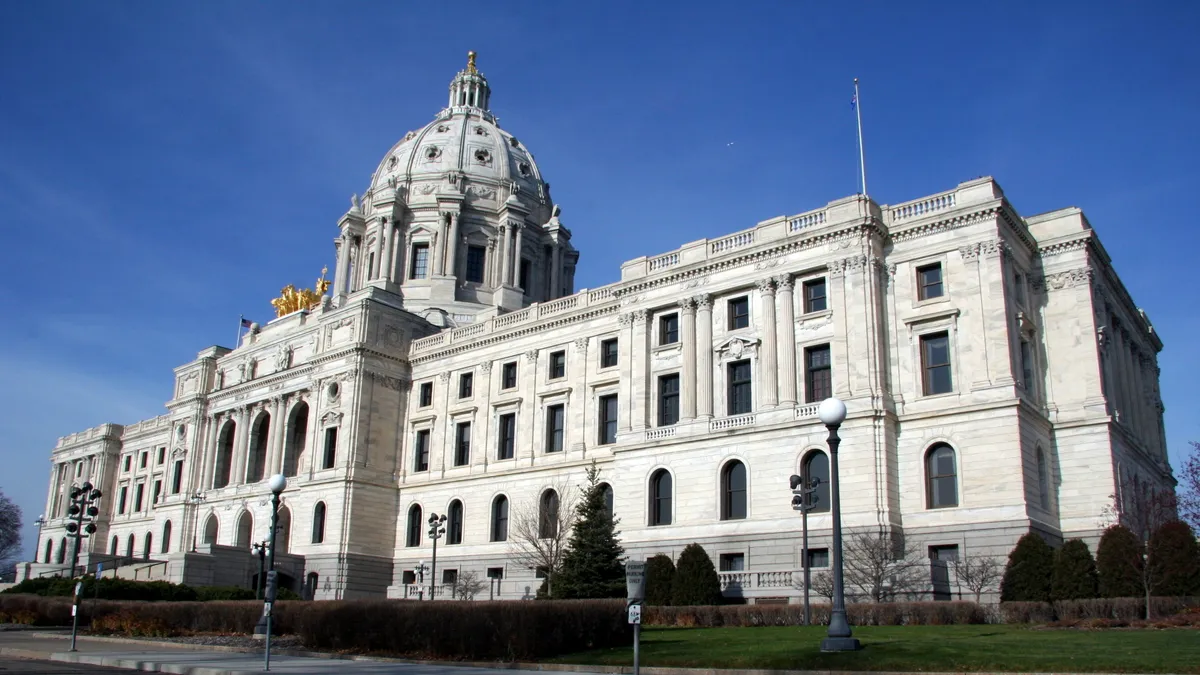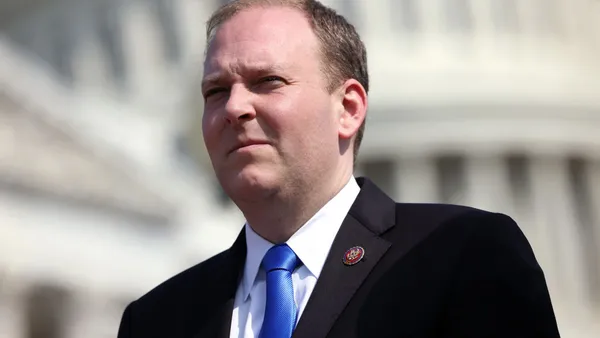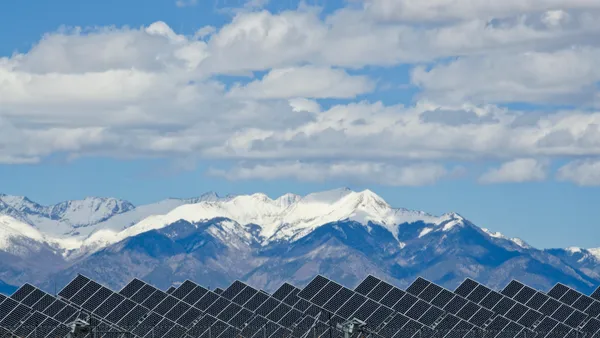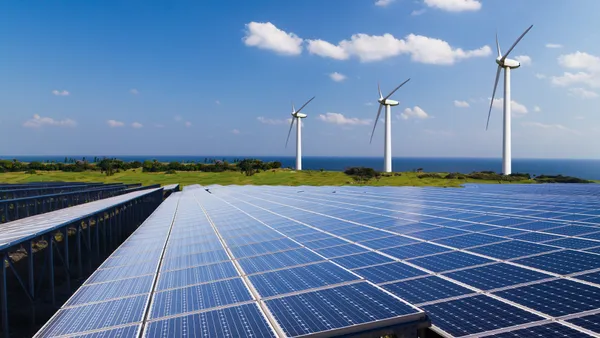Dive Brief:
- Minnesota is launching a bipartisan effort to double its renewable energy standard from 25% by 2025 to 50% by 2030, a move the state's leaders believe will help drive down the cost of clean energy while creating thousands of new jobs.
- Minnesota Lt. Governor Tina Smith (D) announced the effort this week; the state already gets about 21% of its energy from renewable sources.
- The news is not all good for renewables, however: PV Magazine reports the Senate is considering eliminating a Made in Minnesota solar incentive just passed four years ago that aimed to boost residential solar.
Dive Insight:
Minnesota is currently aiming for 25% renewable power by 2030, a goal the state appears on track to hit. So, the thinking goes, raising the standard should renew efforts in the state, boosting the economy.
The state passed its Next Generation Energy Act a decade ago, resulting in 21% renewable power today.
"If we redouble our efforts, and raise Minnesota’s Renewable Energy Standard to 50 percent by 2030, we will improve air quality, continue to drive down the cost of renewable energy, and generate thousands of new energy jobs," Smith said in a statement.
A bipartisan bill to put the increased goals into place will be authored in the Senate by Sens. Nick Frentz (D) and Karin Housley (R), and in the Minnesota House by Reps. Erin Maye Quade (D) and Joe Schomacker (R).
Renewable energy currently supports more than 15,000 jobs and helps create $1 billion in economic activity, Smith said. The Lt. Governor also released a fact sheet on the proposal, noting that in 2008, air pollution contributed to about 2,000 deaths in Minnesota's Twin Cities — up to 13% of the cities' deaths that year.
But alongside the proposal to boost the state's renewable standard, some lawmakers are also working to roll back a $15 million program to create incentives for residential solar. PV Magazine reports the Made in Minnesota plan was put in place in 2013 and intended to run for a decade, but does not appear to be economical.
Repeal of the program has passed the Minnesota House and is now being considered in the Senate.
Minnesota has been working to clean up its energy mix. Last year, state regulators approved Xcel Energy’s 15-year integrated resource plan, authorizing the utility to close two units of the state's largest coal-fired power plants and replace the capacity with a combination of renewables and natural gas generation.














